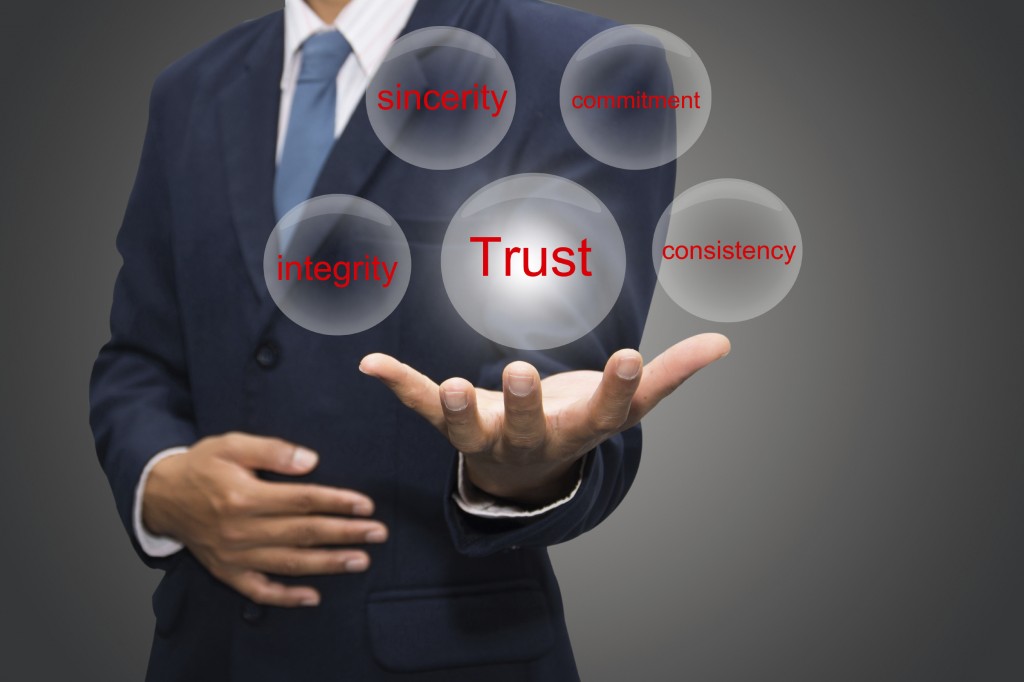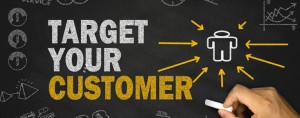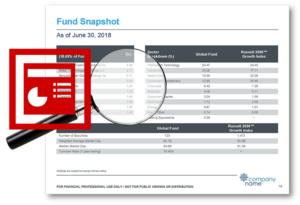Establishing Authenticity in Your Sales Presentations

Ten years ago the average adult attention span was 10 seconds; today it’s five. With this emerging data, we now know that attention deficit disorder is not just limited to today’s younger generations. With the advent of personal computers, laptops, tablets and hand-held devices, delivery and interpretation of information happens so quickly it’s hard to keep up. Ad banners streaming along the top of a screen, icons flashing mid-screen and cartoon figures flickering along the bottom and we cannot reasonably expect anyone to pay attention off-line at the same pace that they do on-line. These trends can be particularly challenging for the traditional face-to-face sales presentation, even when accompanied by a laptop or tablet. This holds true whether the presentation is for one or two people in a back office or for a crowded room. For these reasons alone, a strong and distinctive launch into a presentation is increasingly critical. As one financial services professional puts it: “We must establish and invigorate the trust, respect and engagement of our audience—immediately.” Securing instantaneous trust is much more easily said than done, though. The key is to be authentic, someone who truly wishes to have a personal connection with their listeners. There is an overabundance of articles and books on the topic of establishing authenticity, but three key themes seem common to all:
- Be personable, not personal
- Brand yourself
- Make it a conversation
BE PERSONABLE (NOT PERSONAL)
Almost every presentation expert out there will tell you to start off strongly, often with an entertaining story, but be very selective with your stories—and know your audience. It’s best not to describe a bar scene victory to a group of retirees, or share a play-by-play commentary on your kid’s soccer game with people who are in their early twenties and, statistically speaking, not quite yet parents. Personal tales have the potential to build trust and reinforce authenticity, however, steer clear of getting too personal. It has the potential to backfire and quickly earn you the reputation of being emotionally unintelligent. I was once attending a conference on marketing and advertising regulations and the keynote speaker unexpectedly shared a sad childhood story that clearly was designed (ineffectively) to connect the speaker to the audience on a human level. The audience, unsure how to respond, fell silent. I personally felt embarrassed and I’m sure I wasn’t the only one. Try to arrive at an anecdote not just relevant to the audience, but also relevant to the topic at hand, such as investing, retirement readiness and so on. Take the time to ensure that your story is actually entertaining for the audience. Test it out on a broad spectrum of friends and peers; don’t be the stand-up comic playing to a silent room.
BRAND YOURSELF
You have the opportunity to connect with your audience even before beginning the opening story. Use clothing to your advantage; a lot can and will be assumed by your appearance. This is more than merely wearing jeans and a sports shirt to a casual lunch and a full suit to an awards dinner. We all know the general rules of thumb for business wear. But you can use a wardrobe and/or accessories to connect with an audience. Perhaps, consistently sport a lapel pin that represents something close to your heart. It’s a nice segue; reference your cause in your opening story. If you’re in a casual setting and in Boston, perhaps don a Red Sox cap (don’t do that in New York). From ascots to kilts to capes, there’s a little something for everyone. Be selective, though. Bill Gates’ bow tie, while a trademark for him, often comes across as ostentatious and alienates his audience rather than captivating it.
MAKE IT A CONVERSATION
When asked, most listeners will tell you they connected with a presenter because they felt like he or she was speaking to them personally. There was eye contact, there was a good, intelligent laugh, there was an interesting tie. Even in the microcosm of sales and marketing, however, some of us simply don’t feel comfortable in the spotlight. We struggle with expressing sincerity; if we were all capable of straightforward connections with others, Facebook and other social media would not be such an influence in our lives today. Regardless, there are steps we can all take to make our openings more captivating. According to a veteran of public speaking for large brokerage firms, most of these preparatory steps are common sense, but rehearsal is perhaps the most important. Rehearse to the point that you don’t need notes; there’s nothing that tunes out an audience more quickly that a stilted recitation of a script. Moreover, rehearsal helps establish credibility. Words flow so smoothly that the assumption is that you know the topic like the back of your hand—and you do. Additionally, don’t feel pressured to use slides or snazzy video on the very front end—these can serve to distract your audience, which does nothing for connectivity. Use the milliseconds freed up from focusing on notes and scripts to scan faces and absorb some information. Your audience may not be speaking, but there is, indeed, a conversation in the works. If they’re reading their laptop or whispering to their Bluetooth, they’re telling you that they’re not interested in you, your service or your product. Gather the information and adjust your style accordingly for the next time. You can troubleshoot this by video-taping your presentation and conducting some self-analysis. Invite friends to watch and give constructive criticism. Whether the feedback is from your last audience, yourself or a friend, take it to heart. Your authenticity will only grow more seamless.
If you cannot establish authenticity immediately, there is another measure available. Rely on your partner(s). Similar to a charismatic product manager paired with an awkward portfolio manager, it’s absolutely okay to bring someone along who is an authentic speaker by nature. (This can also eliminate any key man risk.)
CONCLUSION
The format of a presentation is broadly like that of a high-school essay, tell’em what you’re gonna tell ‘em, and then tell ‘em what you told ‘em. We haven’t even started with “tell ‘em what you’re gonna tell ‘em.” We’ve been reviewing some key suggestions for what happens just prior to that, for immediately grabbing an audience’s attention and gaining their instantaneous trust by conveying credibility and authenticity. Without this, the rest of what we have to tell ‘em will not be heard.
Thank you for reading! If you liked this post, feel free to share it. You can also subscribe to our blog to get new posts right to your inbox.
Here are some related resources that might interest you:






 Compare the Top 3 Finserv Content Automation Vendors [White paper]
Compare the Top 3 Finserv Content Automation Vendors [White paper] Create Pitchbooks the Drive Sales [White paper]
Create Pitchbooks the Drive Sales [White paper] Build vs. Buy: Should Your Financial Services Firm Outsource or Insource Marketing Technology? [White paper]
Build vs. Buy: Should Your Financial Services Firm Outsource or Insource Marketing Technology? [White paper]  10 Tips for Rebranding your Fund Marketing Documents [White paper]
10 Tips for Rebranding your Fund Marketing Documents [White paper]




